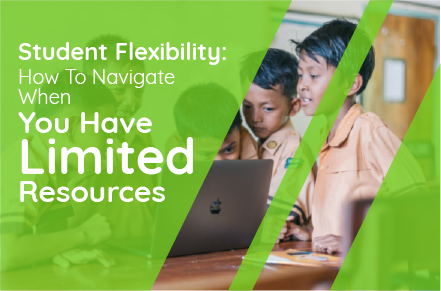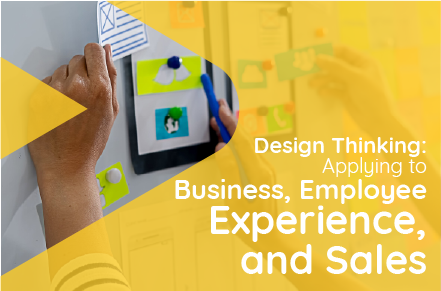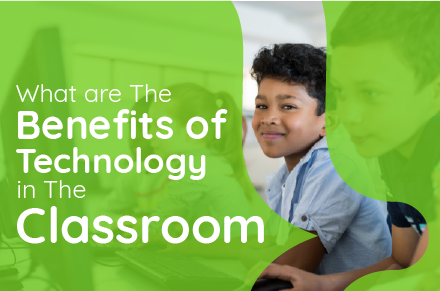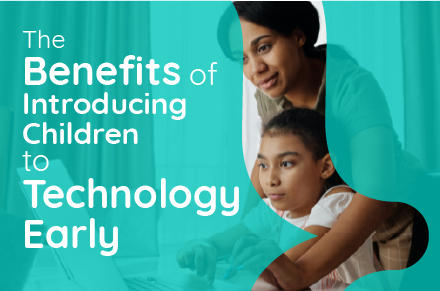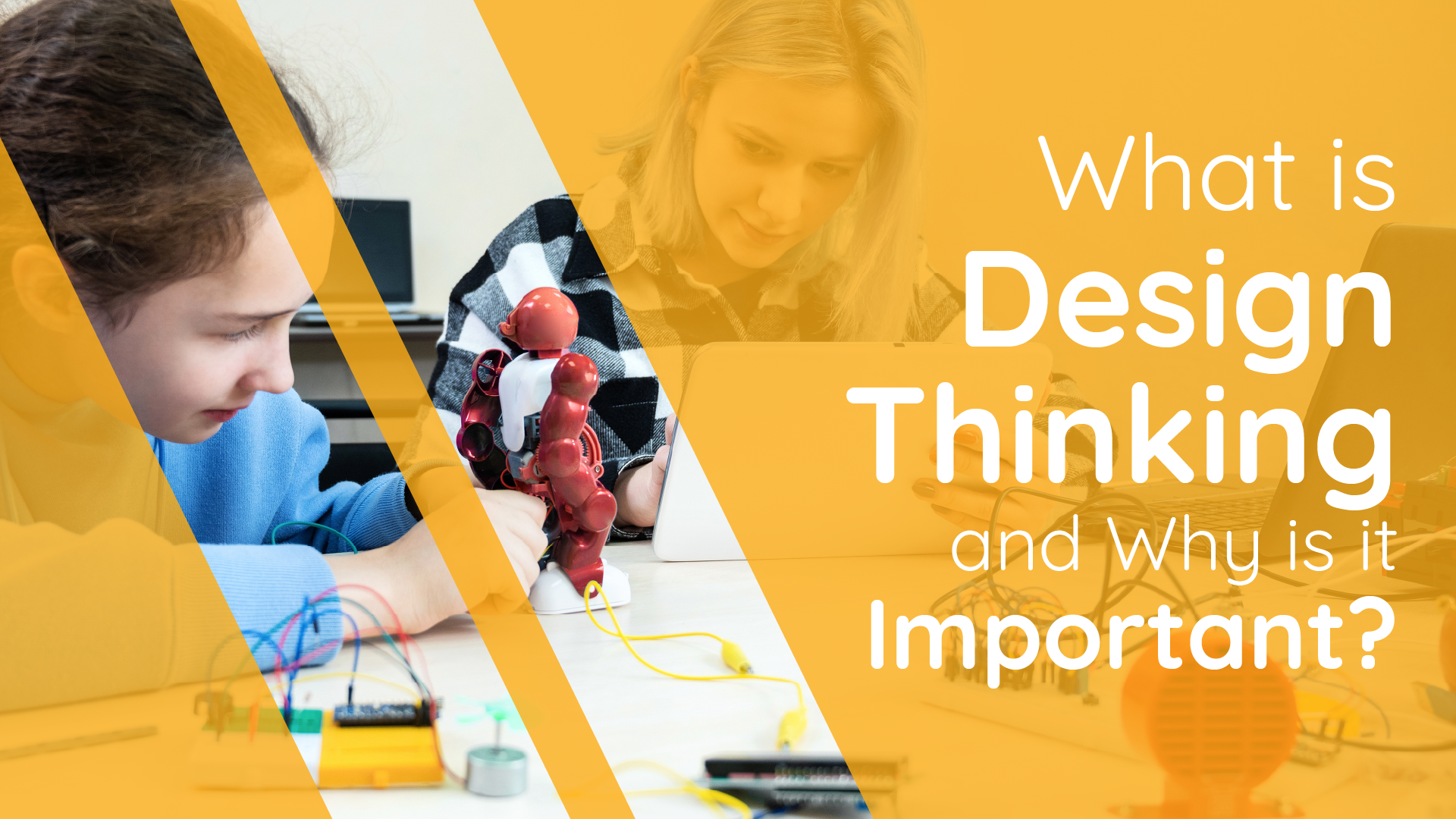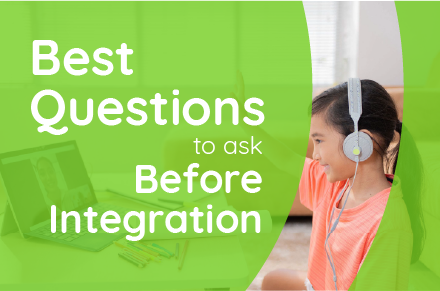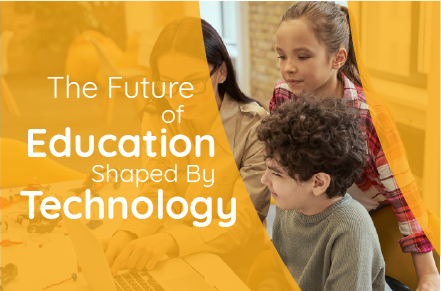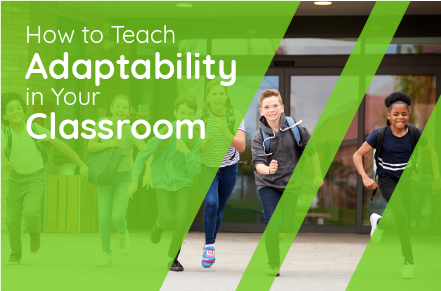Earlier this year, a great example of navigating student flexibility was when I taught an online course called “Introduction to Digital Design.” Students made several different digital artifacts in class, like a Personal Webpage, a Blog, and a Video to share on the blog. The course was open to students all across Asia and the Middle East. Twelve students signed up for the class that met once a week for six weeks. The program’s intent was an after-school enrichment course. So I didn’t anticipate the wide variety of resources available to the students.
Two students from Hong Kong had their mini recording studios with green screens, stage lighting, and high-end laptop computers. Three other students living in Northern India were all siblings. They used one mobile device and did not have access to any other technology or devices. The rest of the students had a laptop at the minimum. As a result, I had to reconsider approaching the expectations for student flexibility, delivery, and final project outcomes.
Designing for Student Flexibility
Since that experience, I developed strategies focused on student needs and the different resources they may or may not have. Here are my top three techniques in designing for student flexibility.
Survey ahead of time
It can be helpful to gather some data about the resources available, skill ability, and limitations that students may have. I now send a survey ahead of time to collect information which helps me plan how to approach their needs. The survey also helps me plan which curricular materials to use and if I need to find alternatives before the class.
Provide Voice and Choice opportunities
In my example, where students had limited access to laptops, I had to help students find digital tools and resources that fit their needs. Allowing all students this same flexibility allowed more student choice in the tools and software they wanted to use. For example, this allowed the advanced students to use OBS studio with a green screen, while other students used a simple mobile video editor. This student flexibility approach empowers students to choose, allowing them to share their unique voices effectively.
Celebrate the differences
Instead of seeing a problem with students having limited resources, we turned it into an opportunity to share more about their circumstances, how they learn, their day-to-day lives, and how they know at home, leading to a cultural exchange between them. They became fascinated about the lives of their peers, and some even became online friends throughout the course. We learned about the customs, foods, and lives of people in India, Hong Kong, Singapore, and Taiwan. In the end, students shared their final projects, and everyone celebrated the achievements of each individual.
My highest priority is to meet each of the students where they are and with what they have while providing a high educational value to each student. But, unfortunately, I couldn’t follow traditional teaching practices where I simultaneously teach the same content to the same students.
As a result, I confronted some changes to my course design and became flexible in my teaching practices. Each student completed the course work and produced fantastic results because I tailored the content to the needs of each student and allowed them the flexibility to choose their digital tools and outputs.

